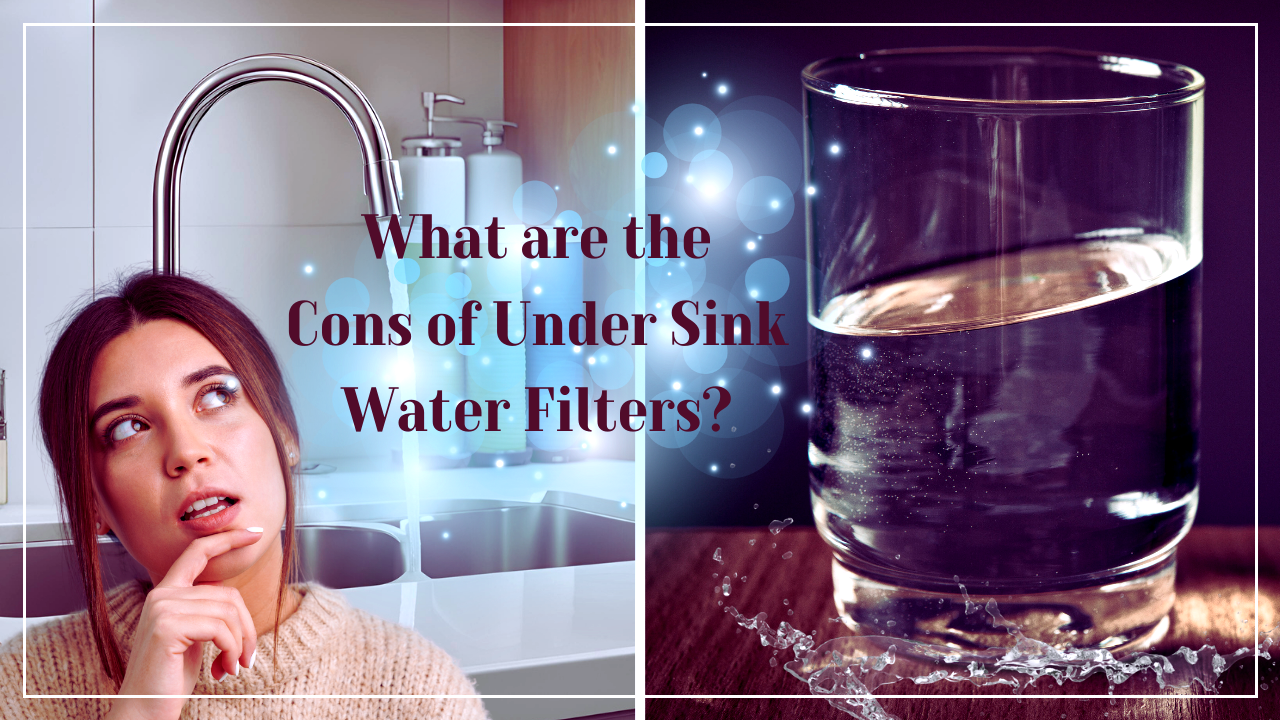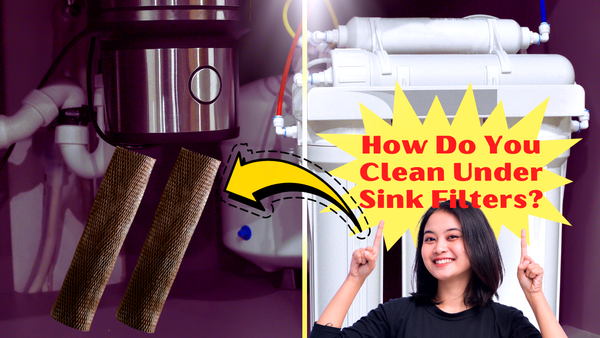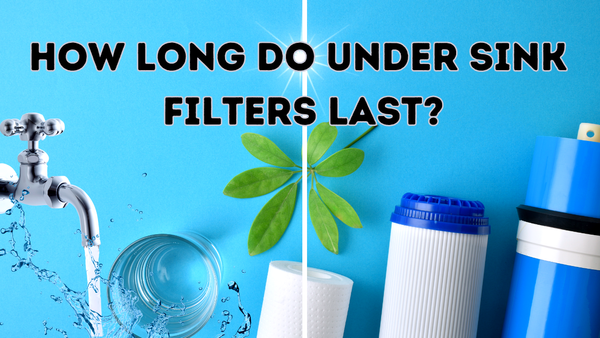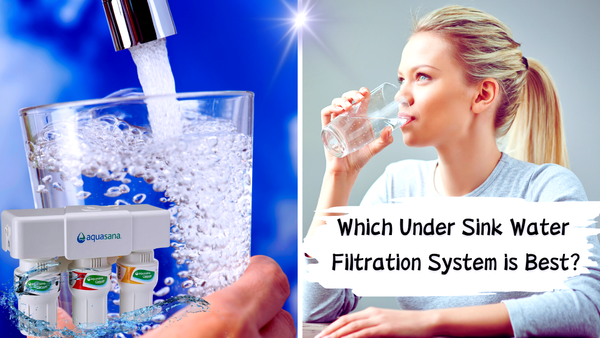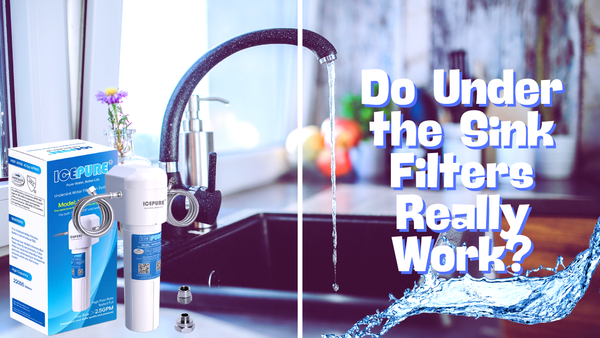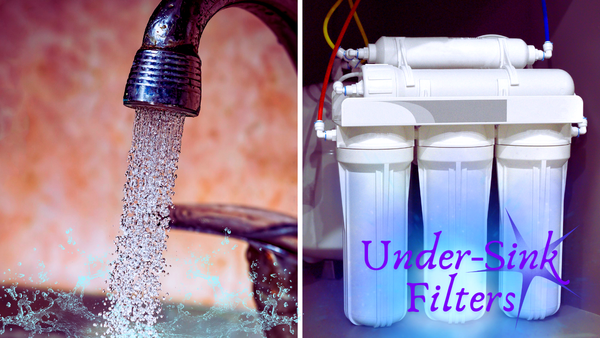Key Takeaways:
- Space Constraints: Under-sink water filters can take up valuable space in your kitchen.
- Installation Challenges: Professional installation may be required, adding to the initial cost.
- Maintenance Needs: Regular filter replacements are necessary to ensure water quality.
Under-sink water filters are a popular choice for many households looking to improve their drinking water quality. These systems are installed directly under the kitchen sink and are designed to remove harmful contaminants from tap water. While they offer several benefits, it's essential to consider the potential drawbacks before making a purchase. This article will delve into the cons of under-sink water filters, providing a comprehensive overview to help you make an informed decision.

Space Constraints
One of the most significant downsides of under-sink water filters is the space they take up. These are installed under the kitchen sink, which is already a busy area with cleaning supplies, garbage disposals, and other plumbing fixtures. An under-sink filter can make it hard to store other things, making the space cluttered and less functional.
Plus, the size of the under-sink water filter can vary depending on the type and model. Some systems, like a reverse osmosis system, can be quite big, taking up even more space. If you have limited under-sink space, you might need to reconsider if an under-sink water filter is the right option for your home.
Installation Challenges
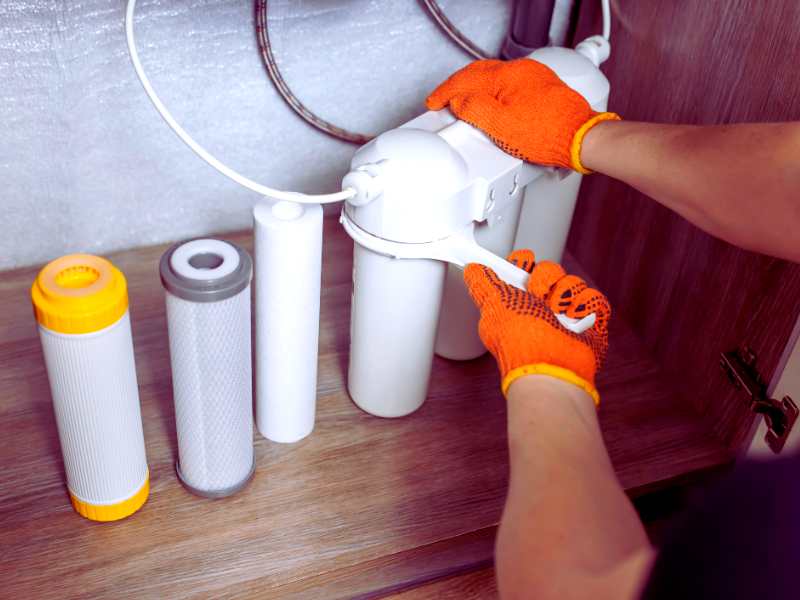
Installing an under-sink water filter is not always a simple process. Some models are designed to be easy to install, others require a professional plumber. This adds to the cost of the system making it more expensive than other types of water filters like countertop filters or water filter pitchers. An under-sink water purifier, however, is often more cost-effective, easier to install, and effective in removing contaminants like lead, making it a suitable option for renters and those who need a portable solution.
Plus, the installation can be time-consuming and may require modification to your existing plumbing. This can be a scary task for those who are not DIY-inclined. If the installation is not done right, it can lead to leaks and other plumbing issues, which can be costly to fix.
Maintenance Needs
Under-sink water filters need maintenance to keep the water clean and safe to drink. Depending on the model and your water supply, this means replacing the filters every six months to a year. Not replacing the filters on time can result in reduced water quality and contaminants getting into your drinking water.
The cost of replacement filters can add up over time, making under-sink water filters more expensive in the long run. Some systems also require more frequent maintenance, such as cleaning or sanitizing the unit, which can be time-consuming and inconvenient.
Initial Cost
The upfront cost of under-sink filters can be higher than that of other types of water filtration systems. While there are budget options available, high-end systems like reverse osmosis units can be very expensive. This can be a big investment, especially when you factor in the cost of professional installation and ongoing maintenance.
If you’re on a tight budget, the high upfront cost of an under-sink water filter might be a turnoff. In that case, you might want to consider other options, like countertop water filters or water filter pitchers, which can give you similar benefits at a lower cost.
Water Pressure Issues
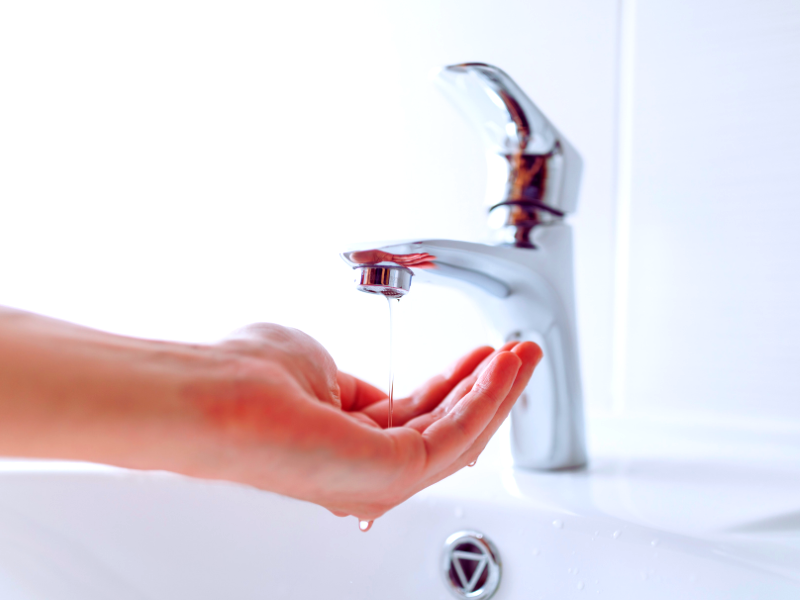
Under-sink water filters can sometimes reduce water pressure. This is especially true for systems that have multiple stages of filtration, like reverse osmosis units. Forcing water through multiple filters can slow down the flow rate, resulting in lower water pressure at the tap.
This can be frustrating, especially when you need a steady stream of water for cooking or cleaning. If you already have low water pressure in your home, installing an under-sink water filter can make it worse. You need to consider the impact of water pressure before deciding on an under-sink filter.
Limited Filtration Capacity
Under-sink water filters are effective in removing many contaminants but may not remove all. For example, some systems may not remove certain chemicals, heavy metals, or microorganisms. This can be a problem if your water supply has specific contaminants that the filter can’t address.
In that case, you might need to invest in additional filtration systems like whole house filters or specialized units to make your water safe to drink. This can add to the cost and complexity of having clean water in your home.
Potential for Leaks
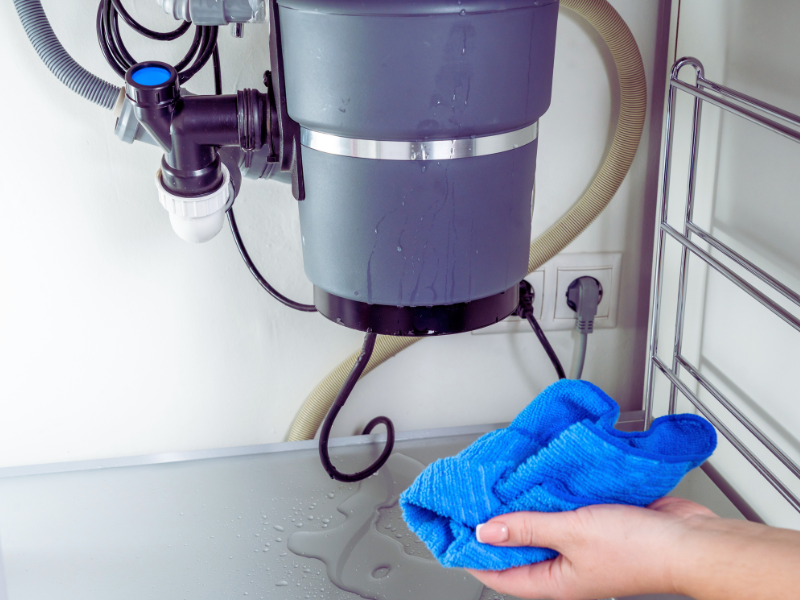
Under-sink water filters are connected to your plumbing so there’s always a risk of leaks. If the installation is not done right or if the system develops a fault it can cause water damage in your kitchen. This can be a big hassle and costly to repair.
Regular maintenance and inspections can minimize the risk of leaks but you need to be aware of this potential problem before you install an under-sink water filter. If you’re not comfortable with the idea of dealing with leaks you might want to consider other types of water filtration systems.
Impact on Counter Space
Under-sink water filters are designed to save counter space but they can still have an indirect impact on your kitchen layout. For example, some systems require a dedicated faucet to dispense the filtered water. This means you’ll need to install an additional faucet on your sink which can take up valuable counter space and change the look of your kitchen.
If you have a minimalist kitchen design or limited counter space the need for an extra faucet might be a drawback. In that case, a countertop water filter or a water filter pitcher might be a better option.
Complexity of Filter Replacement

Replacing filters in an under-sink water filter can be more complicated than other water filtration systems. Depending on the model, you may need to shut off the water supply, disconnect the unit, and follow specific instructions to replace the filters. This can be time-consuming and challenging, especially if you’re not handy with tools.
In contrast, countertop water filters and water filter pitchers have a more straightforward filter replacement process. If ease of maintenance is a priority for you, it’s worth considering these alternatives.
Potential for Unfiltered Water
If you don’t replace the filters in your under sink water filter on time or if the system develops a fault unfiltered water can get into your drinking supply. This can be a big problem if your water has contaminants.
Regular maintenance and timely filter replacements are key to ensuring the system continues to provide clean and safe water. However, the risk of unfiltered water is a drawback to consider when choosing an under-sink water filter.
Limited Portability
Under-sink water filters are installed into your plumbing, so they’re not portable. If you move to a new home, you’ll need to uninstall the system and reinstall it at your new place. This can be a hassle and time-consuming, especially if you need professional help.
In contrast, countertop water filters and water filter pitchers are portable and can be easily moved from one place to another. If you want flexibility and portability, these might be the better options for you.
Environmental Impact
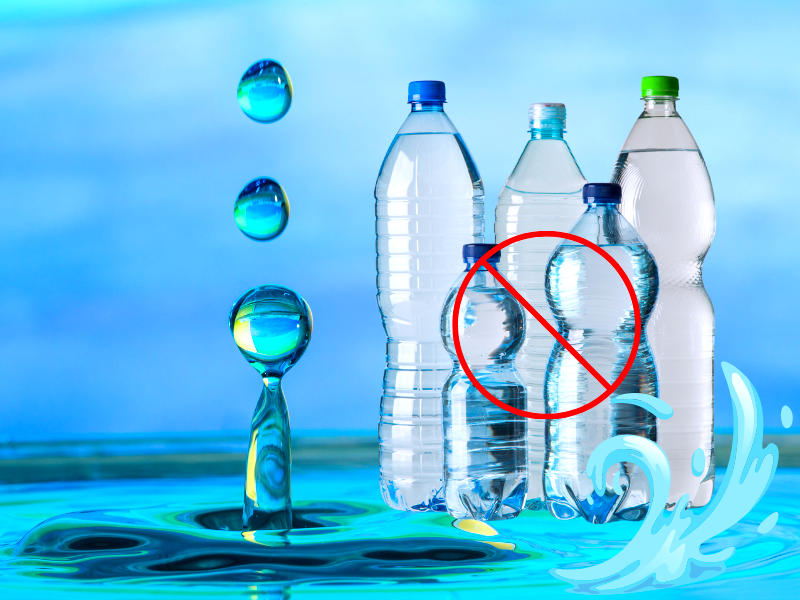
Under-sink water filters can reduce the need for bottled water, but they still have an environmental impact. The production and disposal of replacement filters contribute to waste and pollution. Some systems also use plastic components that can take a long time to decompose.
If environmental sustainability is a priority for you, it’s important to consider the environmental impact of your water filtration system. Look for systems that use eco-friendly materials and have minimal ecological footprint.
Taste and Odor Issues
Under-sink water filters are designed to improve the taste and odor of tap water, but they may not always work. Some systems may be unable to remove certain chemicals or contaminants that affect the taste and smell of your water. This can be a letdown if you want better-tasting water.
If taste and odor are a major concern for you, it’s important to choose a system specifically designed to address these issues. Activated carbon filters, for example, are known to improve taste and odor by removing chlorine and other chemicals.
Summary
Under-sink water filters offer several benefits, but they also come with their share of drawbacks. From space constraints and installation challenges to maintenance needs and potential water pressure issues, it's essential to weigh these cons before making a decision. By considering the potential downsides, you can make an informed choice that best suits your needs and preferences. Stay connected with us by subscribing to our newsletter today!
FAQ
How often do I need to replace the filters in an under-sink water filter?
The frequency of filter replacement depends on the specific model and the quality of your water supply. Generally, filters should be replaced every six months to a year to ensure optimal performance and water quality.
Can I install an under-sink water filter myself, or do I need a professional plumber?
While some under-sink water filters are designed for easy installation, others may require professional assistance. If you are not comfortable with DIY projects or modifying your plumbing, it is advisable to hire a professional plumber to ensure the installation is done correctly.
Will an under-sink water filter reduce my water pressure?
Under-sink water filters, especially those with multiple stages of filtration, can sometimes cause a reduction in water pressure. If you already have low water pressure in your home, it's essential to consider this potential issue before installing an under sink water filter.
